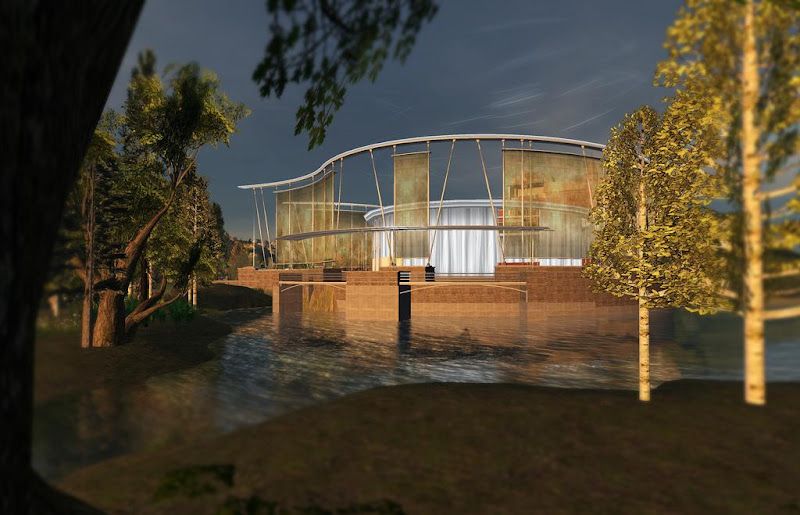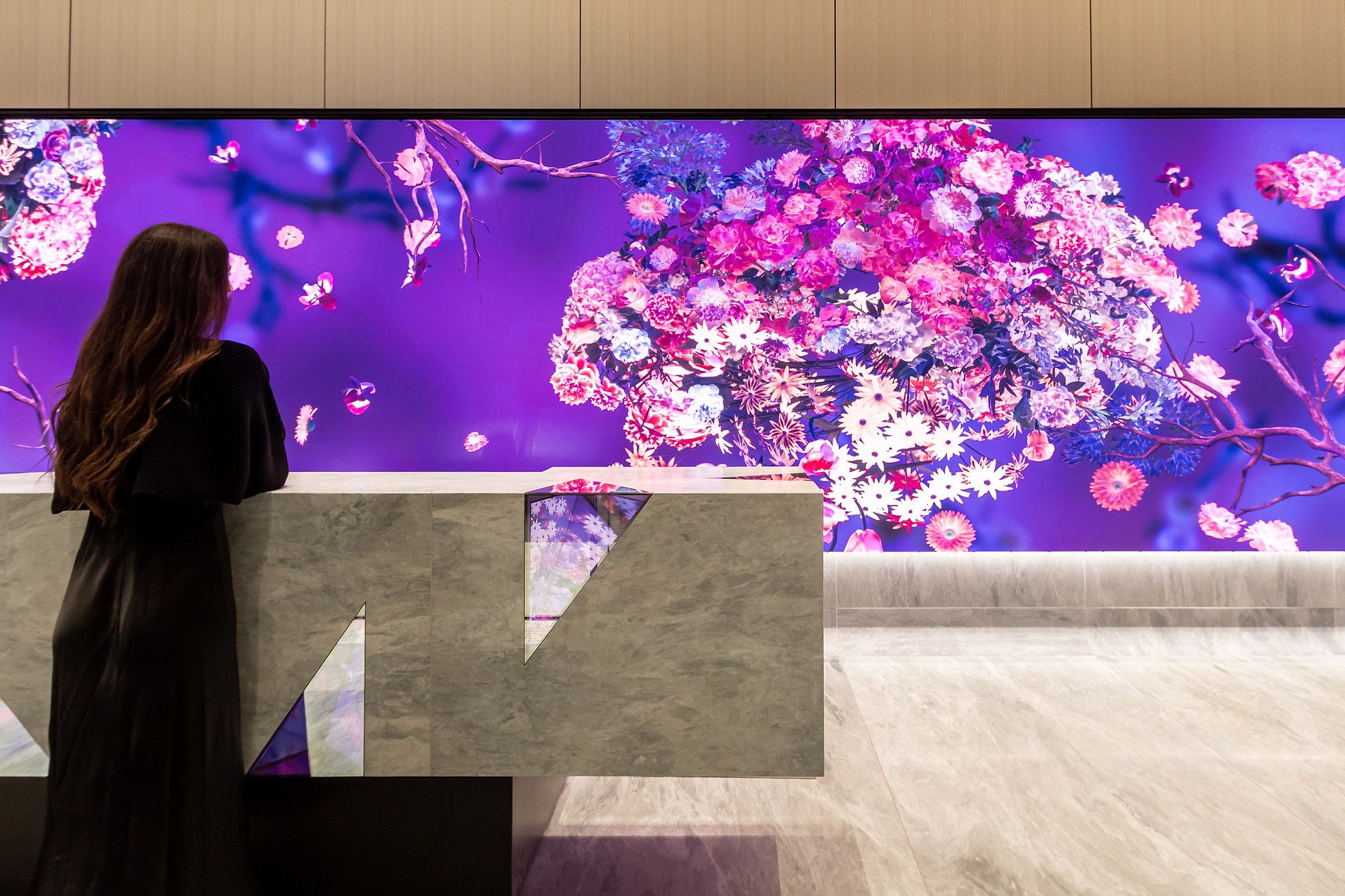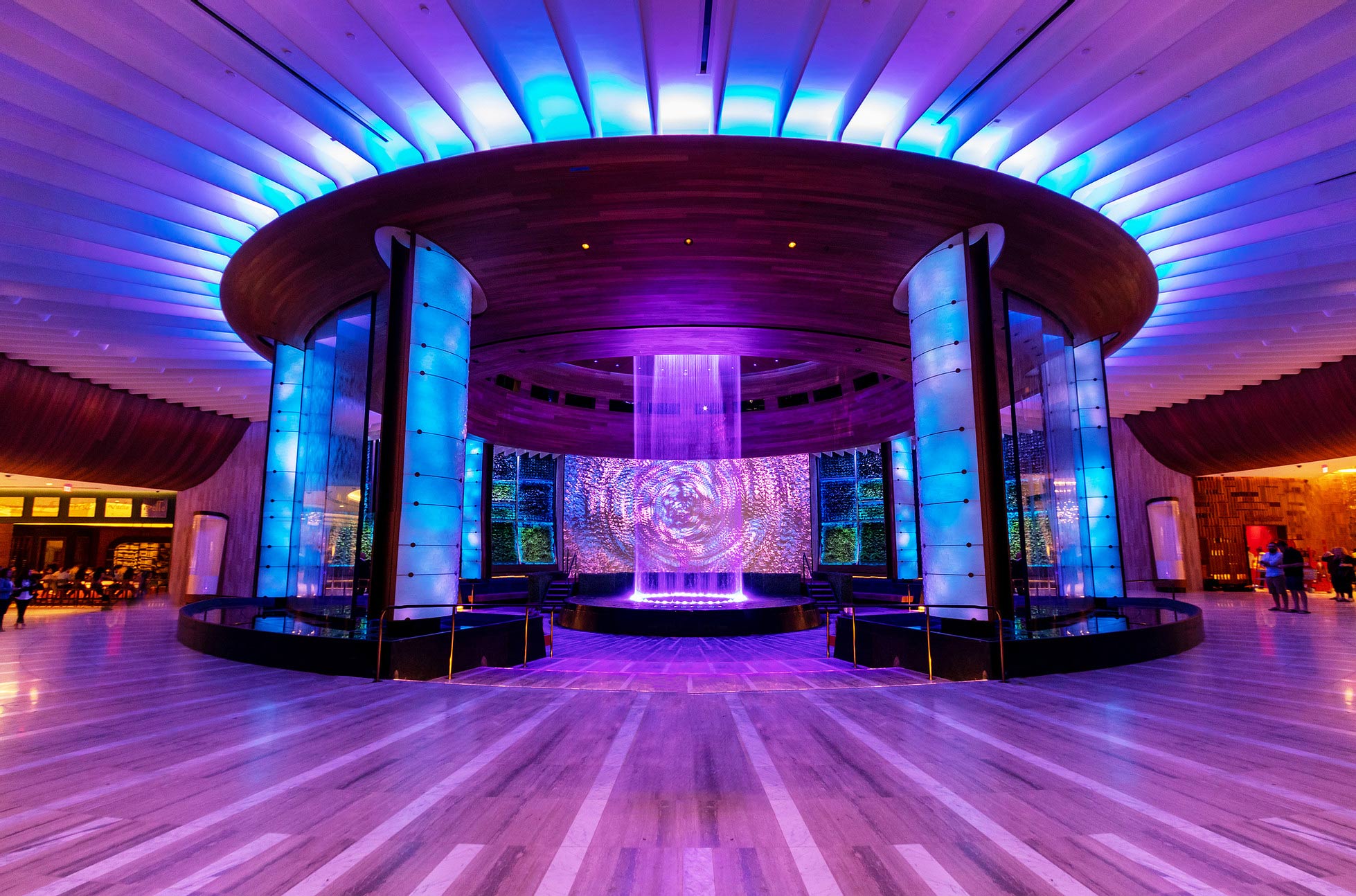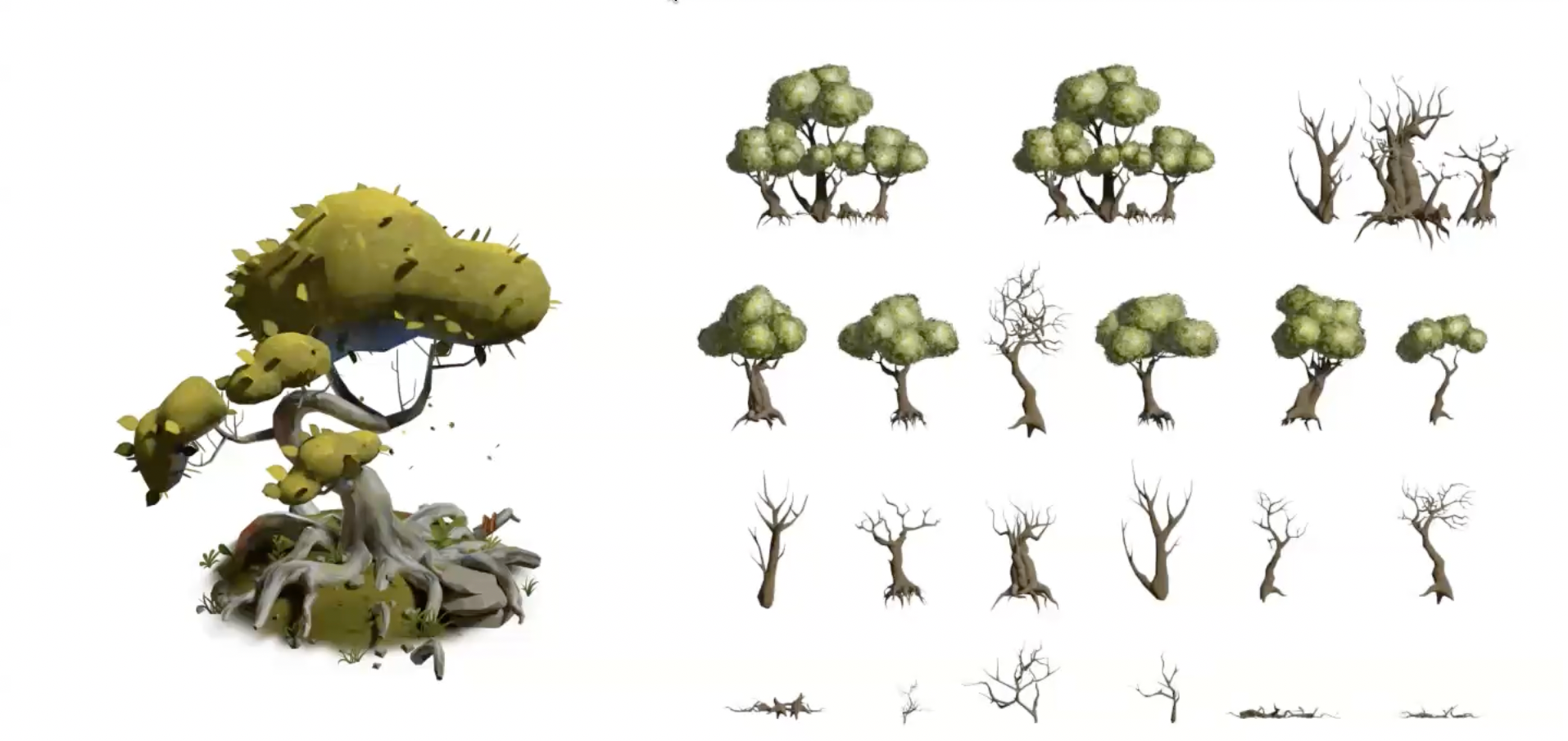If These Walls Could Talk: Pico Velasquez, Architecture and the Metaverse
Pico Velasquez is pushing the boundaries of physical architecture and spatial experiences. And the lessons she's learned have implications for how we think about the design of the Metaverse.

In 2007 I discovered 'reflective architecture', an idea explored by Jon Brouchoud, an architect who was working in Second Life.

It was the concept that in a virtual environment buildings can move, shift, and morph based on user presence. Instead of buildings and environments as static objects, the 'affordances' of a programmable space allowed for them to have a computable relationship to the audience/user/visitor.
While today the idea might seem obvious, at the time it was a leading-edge idea that an architect could actually WORK in a virtual environment, let alone change our concept of space through his explorations.

Walking through one of Jon's experiments created a mental shift for me: first, because we didn't need to "port" standard concepts of what a space can be into virtual environments.
Later, I worked with Jon on the design of the Metanomics stage, the first serious virtual talk show:

This helped me to realize that his work also helped to open up new ways of thinking about the physical world and our relationship to space.
It took almost 15 years to achieve a similar shift in thinking.
And it happened because of Pico Velasquez.
Pico Velasquez and Walls That Talk
It doesn't happen often. I mean - how many Zoom calls, webinars and online 'events' have you been to? Especially over the last year? How many of them blur into each other?
But this session with Pico Velasquez may be the best hour you spend this year.
Sure, you might lose the sense of being there. Because one of the joys of the session was Pico's rapid-fire mind, which was able to lift off of the audience 'back chat' and questions like someone who can design a building, chat with her best friend, write a blog post and cook dinner at the same time.
Pico gave a tour of her work. And the session inverted the experience I had with Jon.
Where Jon showed that virtual environments can be living, breathing entities (with an implication for the physical world), Pico demonstrated that physical spaces can be computable, and that this has an implication for the Metaverse.
While deceptively simple, her work on Bloom, for example, was a living canvas that used a Unity game engine back end to create a narrative that responded to time of day and presence.
Pico gave us a hint of her process during the presentation:

Which resulted in a space that responds to people being nearby (watch the video for the full effect):

Her work on The Oculus, the main entrance to the new Seminole Hard Rock Casino & Hotel has a similar immersive and responsive quality:

Four Pillars for the Metaverse
Once Burning Man and the Social Galaxy (a project with Kenzo Digital for Samsung) came up, Pico started to shift into discussing the Metaverse.
Pico spoke to four main threads that challenge how we think about the spatial 'construction' of the Metaverse:
1. Multiple Layers of Content are Merging
Live streaming, gaming and social media are coming together. Whether it's streaming evolving to have a chat or a game evolving to have more social events (like concerts in Fortnite), there are now multiple 'layers' of content in virtual space.
2. We Need to Design for a New Spatial Dimension
Similar to the shift from radio to TV, it takes time to adapt to a new medium. This has long been the premise of my collaborator, Marty Keltz (who produced The Magic School Bus): that each shift in media requires a new "film grammar".
First, we port over our previous grammar and then we create a new one.
Pico points out that much of virtual/Metaverse architecture is ...static buildings. And that the narrative isn't spatial but linear.
3. We Need to Think About Adaptable Spaces
On this, she really looped me right back to reflective architecture, which I spoke about at the top. But she brought some interesting new dimensions, commenting that Metaverse architecture can be adaptable across multiple variables including audience demographics.
4. Generative Design Is a Key Tool
Similar to my thinking about autonomous avatars, this is the work of a space being dynamic and generative - that forests, for example, should grow.

I'll be coming back to this a lot in the coming weeks. Because it speaks to two key ideas:
- That there will be parts of the Metaverse that exist, grow and thrive without even necessarily needing users. This will be highly relevant to mirror world contexts for enterprise, but will also create deep experiences and time scales that aren't normally visible in game or virtual worlds.
- That automation, generative design, autonomous agents, DAOs and other AI/computable experiences will lead to the Metaverse itself being sentient. We think of the Singularity as the moment when a 'computer' is as smart as a human: but I think we may be too anthropomorphic in how we view intelligence. The planet is an intelligent system. It might be that the Metaverse achieves the Turing Test for being an ecosystem before a computer passes the Turing Test for being human.
The Lines are Blurring Between the Physical and Digital
I have a feeling I'm going to circle back on Pico's talk several times. And this is a decidedly incomplete synopsis.
If nothing else, it reminds us that the lessons we're learning are now easily crossing boundaries between the physical and the 'meta' spatial world (which we're calling the Metaverse).
An architect can use a game engine to power a physical room, and then bring those tools and lessons into the Metaverse.
Tools (like Unreal 5) are evolving to allow things like fully destructible and generative spaces. This will allow for digital spaces that don't just mimic the physical world but can transcend it.
But perhaps most of all, it's a reminder that we're at a key inflection point, when cross-collaboration with other disciplines can generate profound value.
Just as fashion designers are bringing their skills into the design of digital fashion, and architects are bringing their skills in spatial development, all of us can play some role in this new world.
It has an economy, people, places, games, and work to do. Just like the real world.
It's time for all hands on deck as we shape a world that we can imagine, and that what may results are lessons that can make our physical world better too.
Hey...you made it this far! Are you a subscriber? If not, why not click the Subscribe button.
Did you get this via email? Please DO reply! I'd love to hear your thoughts.
Or hit me up on the social links below.
Let's start a conversation.